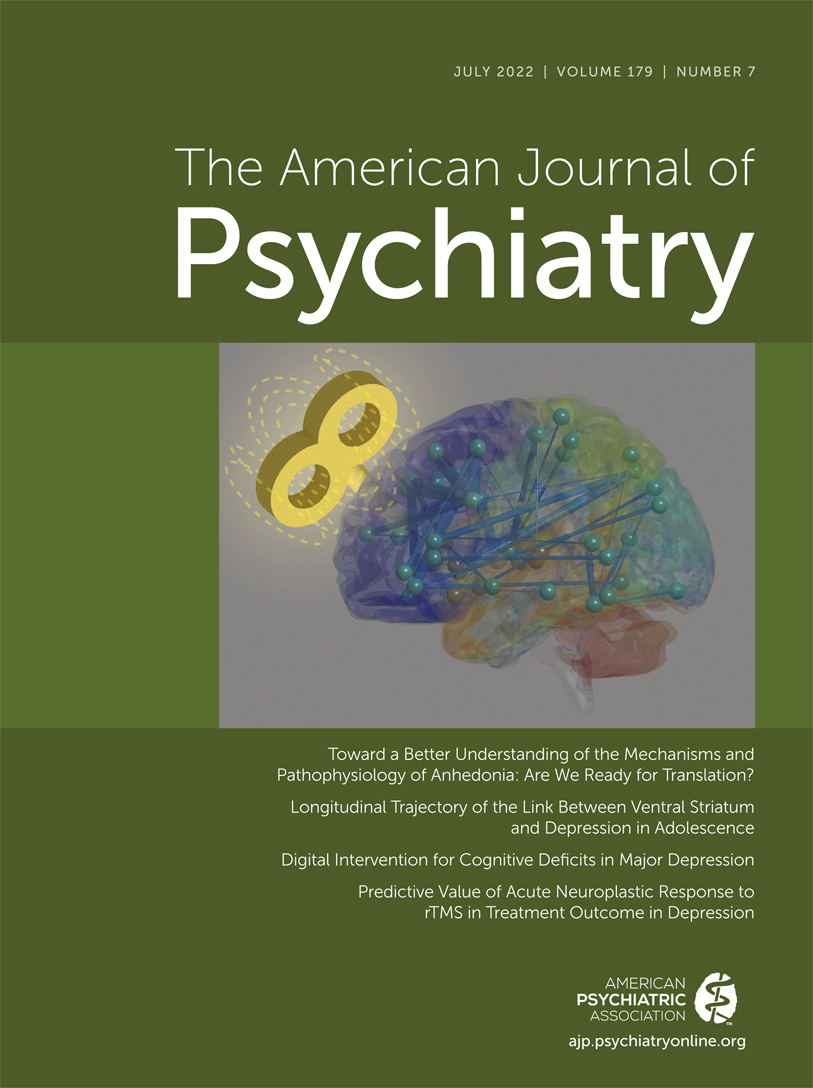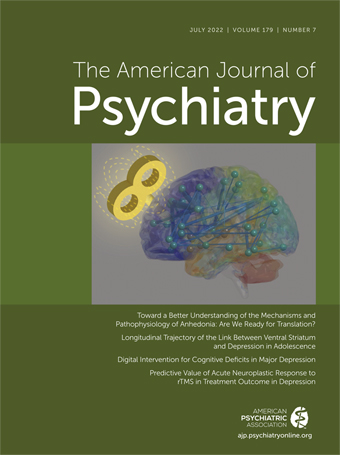Predictive Value of Acute Neuroplastic Response to rTMS in Treatment Outcome in Depression: A Concurrent TMS-fMRI Trial
Abstract
Objective:
Methods:
Results:
Conclusions:
Methods
Participants
| Characteristic | ||
|---|---|---|
| Mean | SD | |
| Age (years) | 41.84 | 16.12 |
| Educationa (years) | 15.21 | 2.12 |
| Crystallized cognition scoreb | 109.39 | 15.45 |
| N | % | |
| Female | 26 | 68 |
| Right-handed | 32 | 84 |
| Unemployed | 19 | 50 |
| Mean | SD | |
| Length of current episode (months) | 46.08 | 68.00 |
| Antidepressant Treatment History Form | ||
| Score | 9.18 | 4.83 |
| N | % | |
| One failed trial | 21 | 55 |
| Two failed trials | 13 | 34 |
| Three or more failed trials | 4 | 11 |
| Psychotropic medication | 33 | 87 |
| None | 5 | 13 |
| Antidepressants | 32 | 84 |
| Benzodiazepines | 9 | 24 |
| Antipsychotics | 16 | 42 |
| Mood stabilizers | 2 | 5 |
| Sedatives | 5 | 13 |
| Stimulants | 9 | 24 |
| Combination of psychotropics | 33 | 87 |
| Mean | SD | |
| Antidepressant dosage (escitalopram equivalents, mg) | 24.05 | 21.48 |
| Benzodiazepine dosage (lorazepam equivalents, mg) | 0.53 | 1.06 |
| Montgomery-Åsberg Depression Rating Scale | ||
| Score at study entry | 29.50 | 6.84 |
| Score at study end | 18.63 | 9.62 |
| N | % | |
| Responderc | 16 | 42 |
| Remitterd | 8 | 21 |
Neuroimaging Acquisition and Concurrent rTMS-fMRI Procedures
Construction of the Whole-Brain Functional Network
Repetitive Transcranial Magnetic Stimulation Treatment
Statistical Analysis
Assessment of rTMS-induced connectivity changes.
Connectome-based predictive modeling of clinical outcome.
Sensitivity Analysis
Results
rTMS-Induced Functional Connectivity Changes

Connectome-Based Predictive Modeling of Clinical Outcome

Results of Sensitivity Analysis
Discussion
Acute Neuroplastic Response to rTMS Predicts Treatment Outcome
The Relevance of Macro-Level Neuroplasticity for Depression
Low-Frequency Right DLPFC rTMS Is Associated With Widespread Distal Functional Connectivity Changes
Limitations and Future Directions
Conclusions
Acknowledgments
Footnote
Supplementary Material
- Download
- 1.48 MB
References
Information & Authors
Information
Published In
History
Keywords
Authors
Competing Interests
Metrics & Citations
Metrics
Citations
Export Citations
If you have the appropriate software installed, you can download article citation data to the citation manager of your choice. Simply select your manager software from the list below and click Download.
For more information or tips please see 'Downloading to a citation manager' in the Help menu.
View Options
View options
PDF/EPUB
View PDF/EPUBLogin options
Already a subscriber? Access your subscription through your login credentials or your institution for full access to this article.
Personal login Institutional Login Open Athens loginNot a subscriber?
PsychiatryOnline subscription options offer access to the DSM-5-TR® library, books, journals, CME, and patient resources. This all-in-one virtual library provides psychiatrists and mental health professionals with key resources for diagnosis, treatment, research, and professional development.
Need more help? PsychiatryOnline Customer Service may be reached by emailing [email protected] or by calling 800-368-5777 (in the U.S.) or 703-907-7322 (outside the U.S.).

